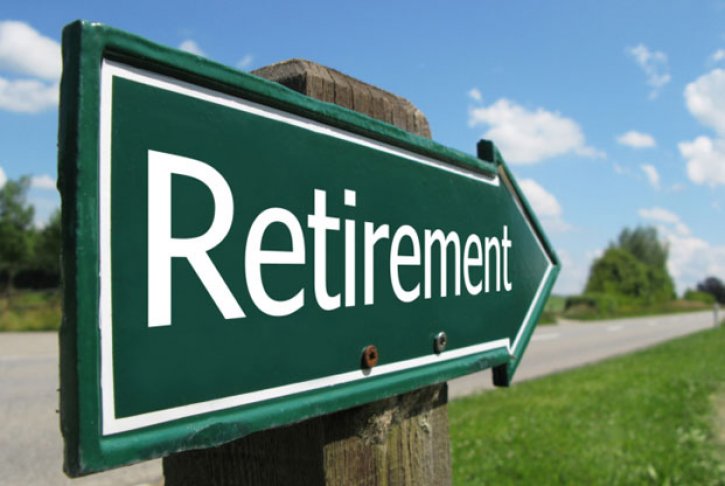In a 2010 report released by the C.D. Howe Institute,1 David Dodge, Alexandre Laurin and Colin Busby estimated that Canadians need to save 10% to 21% of their pre-tax earnings each and every year for 35 years to replace 70% of their income from work and maintain roughly the same standard of living in retirement. The higher your income, the more you have to squirrel away. Over $150,000 in income translates into the highest required saving rate of 21%—which, as the authors point out, is more than Canadians are currently allowed to contribute to their RRSPs.
That brings us to Mike and Gary, a couple in their 50s who have high incomes, no debt and significant RRSP savings—but who are still a very long way from sustaining their pre-retirement lifestyle once they stop working. They face a difficult choice: reduce spending now to save more for retirement, or continue to live the high life today and scale back their retirement lifestyle expectations.
Advisor Analysis
Dean Owen, CLU, CH.F.C.
Advisor and Owner, Cherry Financial Services, Saskatoon
Past Chair, Advocis
If Mike and Gary were new clients, I would start by congratulating them…Click to read more from Dean
Brenda Hiscock, CFP
Advisor, Guilfoyle Financial, Toronto
If Mike and Gary want to continue with a lavish lifestyle into the future, I suggest they cut back a bit for the remainder of Mike’s career in order to…Click to read more from Brenda
Lee Helkie, CFP, CLU
Advisor, Helkie Financial & Insurance Services Inc., Toronto
It would be prudent to see a complete summary of Mike and Gary’s assets—it matters where their $3 million in RRSPs is invested…Click to read more from Lee




